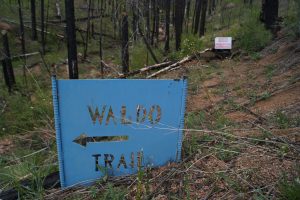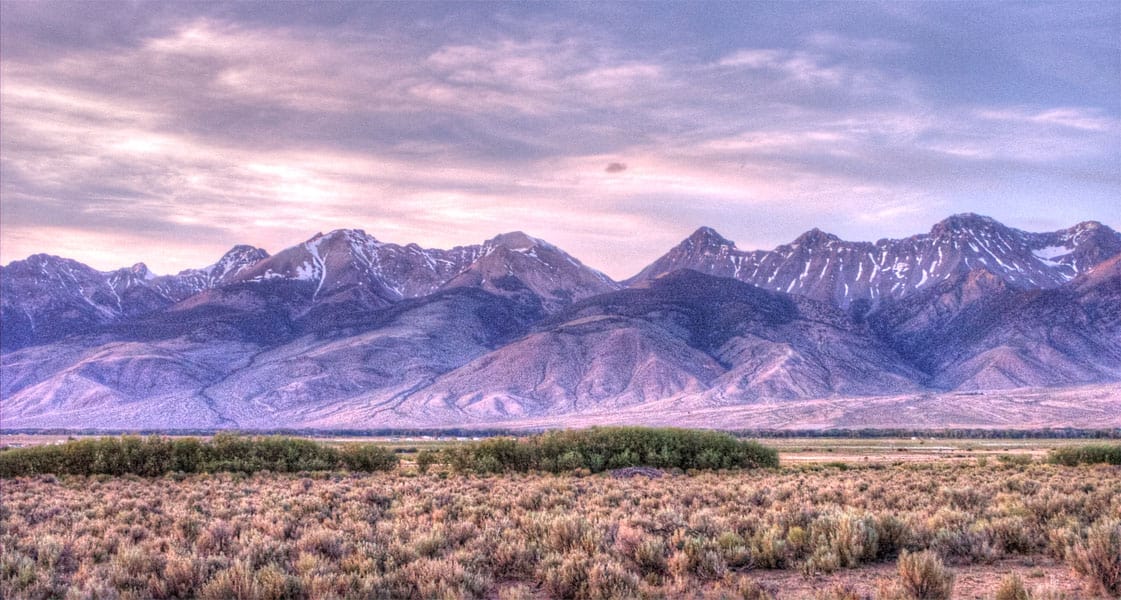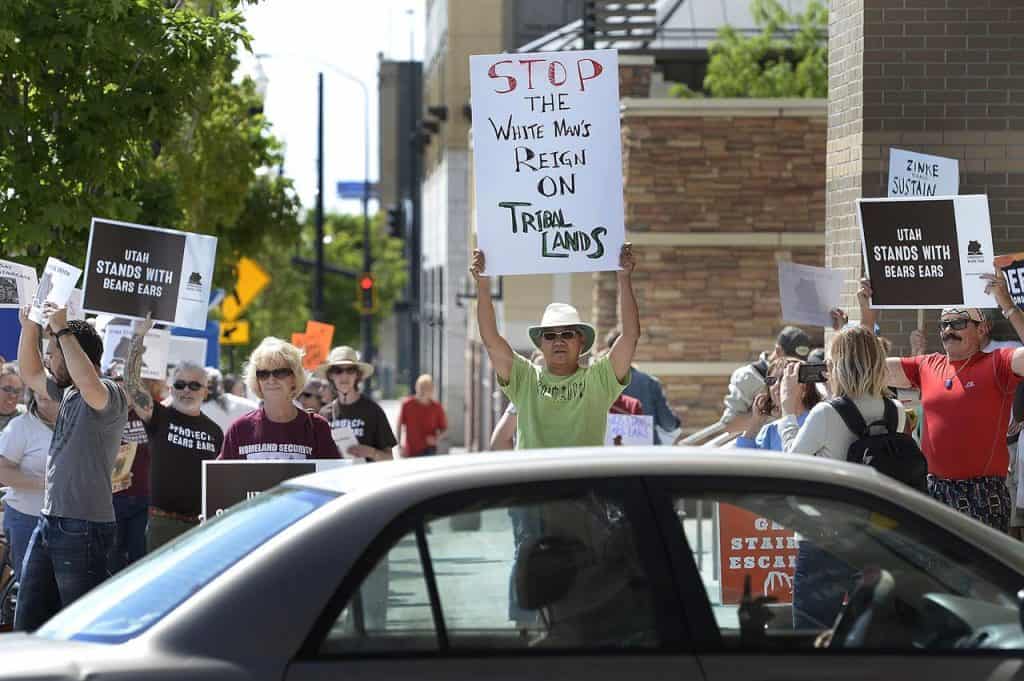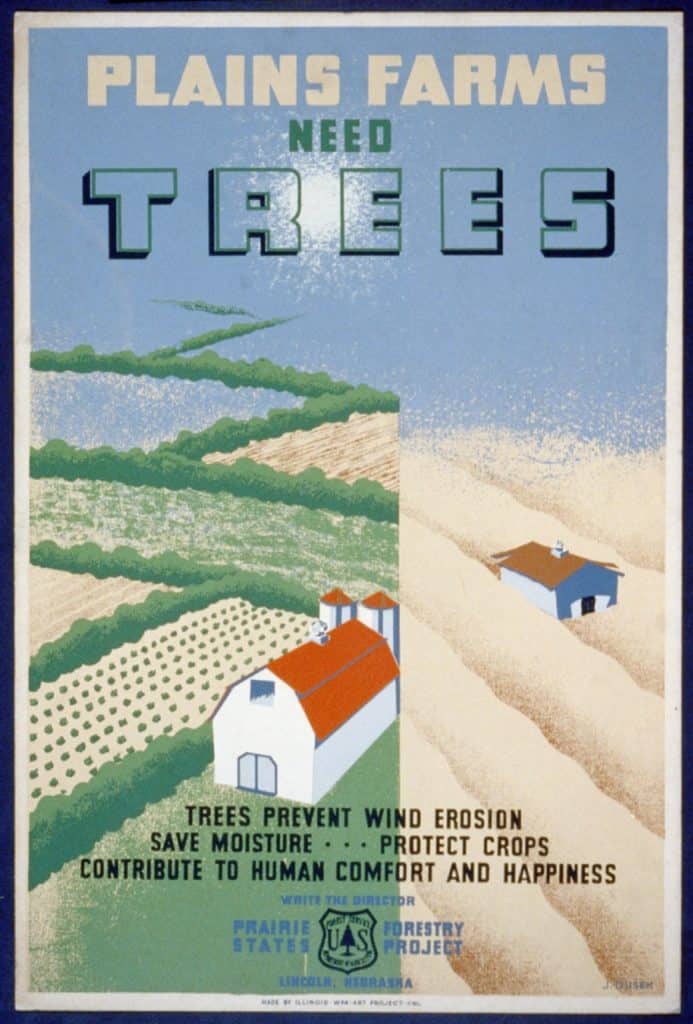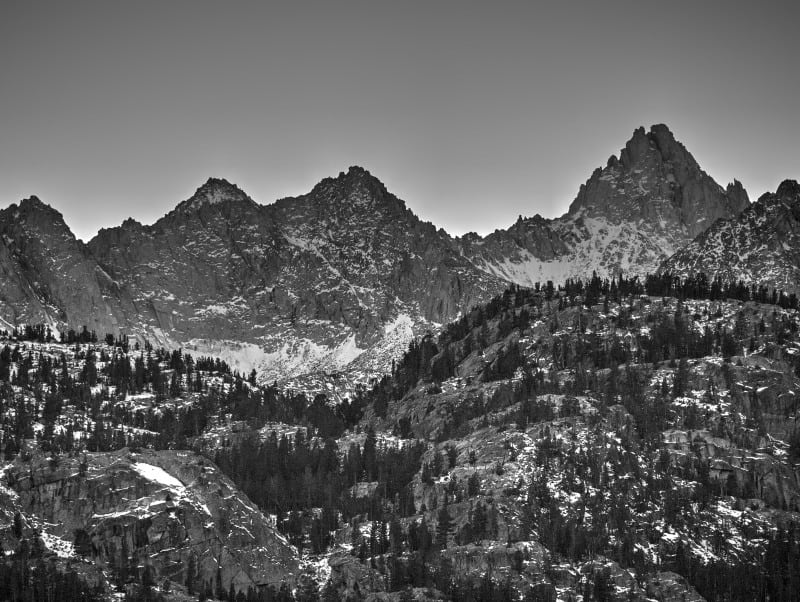1. Recreation | Region 1
Court Decisions
The 9th Circuit affirmed a favorable decision from the Montana District Court in a case challenging the denial of a special use permit (SUP) for a ski area development on the Lolo and Bitterroot National Forests in Western Montana Community Partners et al. vs Austin et al. The court concluded:
Plaintiffs were not entitled to an administrative appeal because the plaintiffs did not apply for the SUP at the invitation of a “prospectus” issued by the Forest Service;
The Forest Service did not abuse its discretion in concluding the plaintiffs’ proposed resort “would not meet the visual quality standards of retention or partial retention”;
The Forest Service did not abuse its discretion in concluding the proposal was inconsistent with the Lolo Forest Plan;
The Forest Service did not abuse its discretion in concluding that the proposal contravenes the recreational standards applicable to the Bitterroot Forest Plan; and
The Forest Service was free to change its views even if it consistently endorsed the concept of building a ski resort as long as its “new policy is permissible under the statute, . . . there are good reasons for it, and . . . the agency believes it to be better.”
(15-35568, 9th Cir.)
2. Recreation | Region 1
The District Court for the District of Idaho found favorably for the Forest Service on a challenge to the Clearwater National Forest Travel Management Plan in Clearwater County et al. vs. United States Forest Service et al.
Plaintiffs, counties in Idaho, disputed the closure of approximately 200 miles of trail to motorized use where such use was previously allowed. The agency argued that the plaintiffs did not establish standing to bring the case by failing to demonstrate any actual or imminent injury resulting from the agency’s decision. The court agreed. Nevertheless, the court considered the merits of the plaintiffs’ claims.
The court ruled:
The agency adequately coordinated with the plaintiffs during the travel planning process by providing notice and an opportunity for the counties to be involved in, comment on, and cooperate with the agency during the process of developing the travel plan;
The Forest Service “articulated a reasonable and well supported basis” for why motorized uses were being limited or eliminated in recommended wilderness areas that previously allowed such uses;
The agency appropriately balanced the correct standards for management areas by providing motorized recreational opportunities while conserving big-game summer range and special wildlife areas by restricting motorized use on some trails; and
The agency sufficiently address the social and economic impacts of the travel plan on local governments and communities.
(13-519, D. Idaho)
Notices of Intent
1. Wildlife | Region 3
The Center for Biological Diversity (CBD) submitted a Supplemental Notice of intent to Sue (NOI) related to the proposed Rosemont Copper Mine on the Coronado National Forest. According to the NOI the mine will cover 3,670 acres of national forest, last between 20-25 years, and permanently fill approximately 18 miles of streams. The NOI alleges the Fish and Wildlife Service’s (FWS) April 28, 2016 Amended Biological Opinion (BO) violates the Endangered Species Act (ESA) and the Forest Service’s reliance on the BO in its Record of Decision violates the ESA.
CBD challenged FWS’s BO primarily on four grounds: 1) the mine’s effects on jaguar, 2) the mine’s effects on Gila, 3) the standards used by the FWS to reach its conclusions, and 4) how the FWS calculated incidental take. For jaguar the NOI states the mine is located in “the home range of one of the three known wild jaguar in the entire United States” and would result in the permanent loss of over 4,000 acres due to its construction. Concerning Gila the NOI states that the watershed in which the mine is to be located is critical habitat for the Gila “has the only known stable and secure population of Gila chub in existence.” For standards the CBD claims the FWS unlawfully applied a “high probability standard instead of a required “likely” standard in making determinations for jaguar and other species with designated critical habitat in the mining area, unlawfully applying a “greatly diminished” standard and threshold in making a determination for Gila chub, and for “relying upon unlawful regulations defining ‘destruction or adverse modification of critical habitat’ which conflict with the plain language, purposes, legislative history and relevant case law…” For the last main challenge the NOI states the FWS used groundwater
elevations as a surrogate measure for incidental take since the FWS claimed “it was unable to determine a numeric estimate or limit on take.” The problem with this, the NOI claims, is that this measure is calculated post-mining and is therefore not meaningful for monitoring take.
The NOI alleges the Forest Service is in violation of ESA because “without a lawful and valid BO, the Forest Service… cannot ensure that their actions related to the proposed mine, including the Forests Service’s 2017 Record of Decision, are not likely to jeopardize the continued existence of any of the listed species, or result in the destruction or adverse modification of the species critical habitat.”
CBD NOI
WMCP v Austin
Clearwater Opinion
Litigation Weekly June 23 (1)
